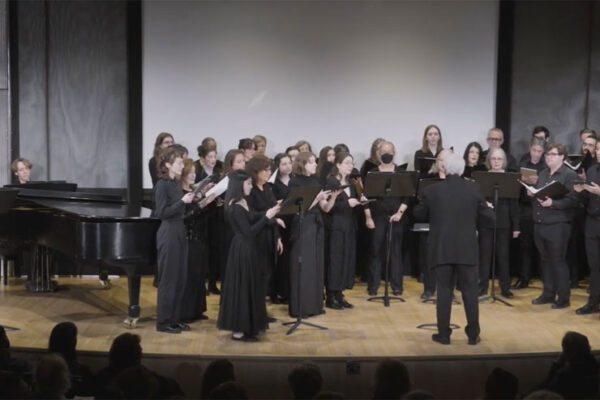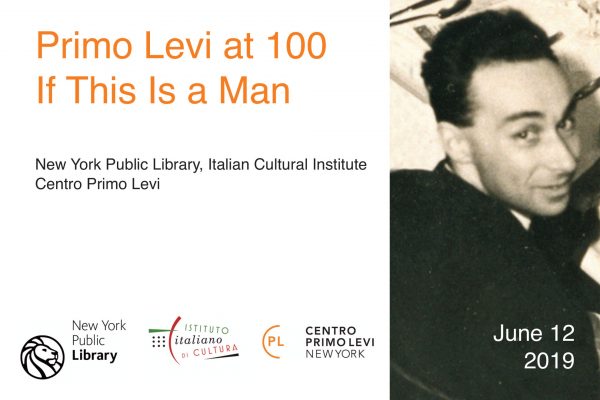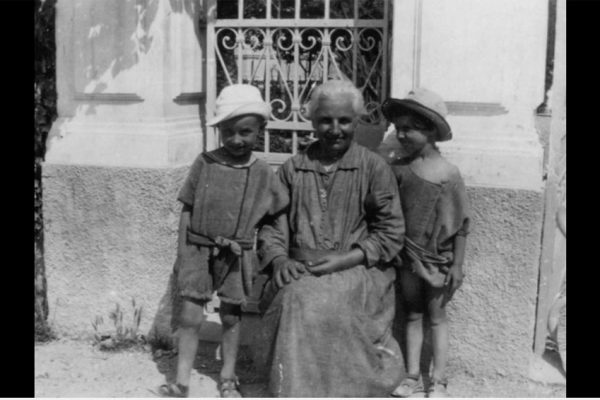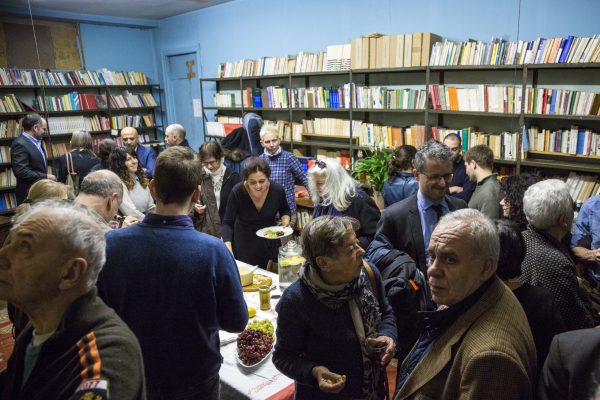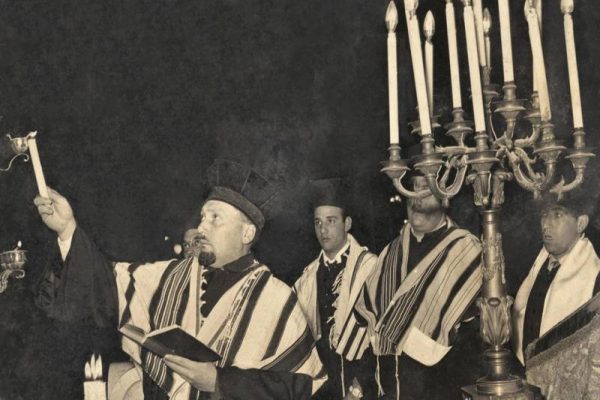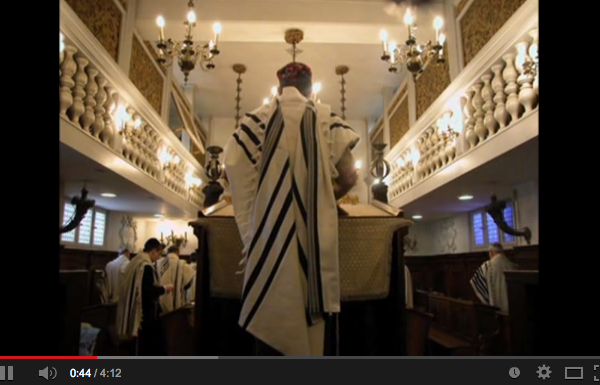On March 17th, 1861 Vittorio Emanuele II was declared King of Italy, uniting
seven states under the Savoy crown.
It was not until September 20th, 1870, when the Piemontese troops entered
Rome marking the end of the temporal power of the Popes, that the Jews of
Rome officially became free and equal citizens of Italy. This was the last day
of the ghetto of Rome, established in 1555 by Pope Paul IV in order to separate
the Jews from the Christian society.
Instead, culture flourished for three
centuries within the walls of the ghetto. Despite oppression and poverty,
Roman Jews succeeded in adapting to their confinment and build a strong
sense of identity.
The presence of the synagogue choir dates back to the Cinque Scole, the
building in which the synagogues of five different communities of themulticultural
ghetto were forced to cohabit. In the decades following the abolition
of the ghetto, the Cinque Scole were demolished and, in 1904, a monumental
synagogue -Tempio Maggiore – was erected to represent the newly emancipated
Jewish community.
On their first visit to the US, the Choir of the TempioMaggiore conducted by
renowned tenor Claudio Di Segni and featuring Hazan Alberto Funaro
and organist Federico del Sordo, will expose the New York public to the
unique flavors and variations of the liturgical tradition of the Jews of Rome.
The concert will open with Giuseppe Verdi’s Và Pensiero, the Hebrew chorus
from Nabucco.
This magnificent choral work, which has become a symbol
of the unification of Italy, evokes the story of the Babylonian exile after
the destruction of the First Temple.
Unique examples of late 19th Century compositions from the Jewish communities in Florence, Livorno, and Rome will follow along with a 1920 version of Hatikvà by Armando Sorani (based on the 17th Century ballade La Mantovana).


